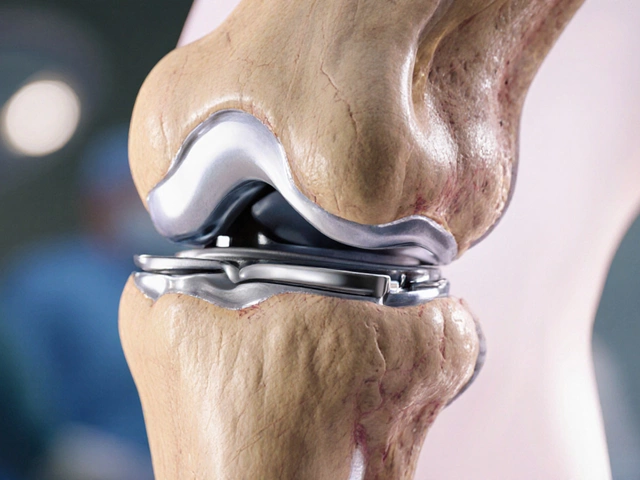Heart Surgery Life Expectancy
When talking about heart surgery life expectancy, the projected length of survival after a cardiac operation, shaped by medical, lifestyle, and demographic factors, most people picture a single number and move on. In reality, this idea covers a web of inter‑related variables that together decide how long you’ll stay healthy after the knife comes out. Also called post‑operative longevity, it blends the type of surgery, the patient’s age, the quality of postoperative care, and the underlying heart condition. Grasping these pieces lets you set realistic expectations, plan follow‑up care, and make informed lifestyle choices.
Key Factors That Shape Longevity
The first major player is the kind of procedure you undergo. Open Heart Surgery, a major operation that opens the chest to repair or replace heart valves, bypass blocked arteries, or fix structural defects carries different risk and recovery profiles than minimally invasive catheter‑based fixes. Open heart surgery requires a longer hospital stay and a more intensive postoperative recovery, which directly impacts life expectancy. In turn, the Survival Rate, the percentage of patients who live a specified period after surgery, such as 30‑day, 1‑year, or 5‑year survival serves as a benchmark for success. Studies from leading Indian cardiac centers show that 5‑year survival after a standard coronary bypass hovers around 85 % for patients under 65, but drops to the low 70 % for those over 80. The phrase “Heart surgery life expectancy encompasses survival rate” captures this direct link.
Age isn’t just a number; it reshapes every step of the surgical journey. Younger patients tend to heal faster, tolerate anesthesia better, and bounce back to normal activities within weeks. Older adults, especially those with diabetes or chronic kidney disease, face slower tissue repair and higher infection risk. This age‑impact relationship creates the semantic triple: “Age influences heart surgery outcomes.” It also means that a 55‑year‑old undergoing a valve replacement may enjoy a post‑operative life expectancy of 20 + years, while a 78‑year‑old with the same diagnosis might see that window shrink to under a decade. Understanding your personal risk profile helps doctors tailor the procedure—choosing, for instance, a less invasive trans‑catheter aortic valve implantation (TAVI) for an elderly patient to improve the odds.
Recovery quality ties the whole picture together. Postoperative Recovery, the phase after surgery where the heart heals, pain is managed, and the patient regains strength through rehab and medication adherence dictates how quickly complications like arrhythmia, infection, or graft closure occur. Good recovery practices—early mobilization, cardiac rehab, balanced nutrition, and strict medication compliance—can lift the 5‑year survival curves by 5‑10 %. This creates another semantic triple: “Open Heart Surgery requires careful postoperative recovery.” When patients follow a structured rehab program, the heart’s pumping efficiency improves, blood pressure stabilizes, and the risk of repeat surgery diminishes, all of which stretch life expectancy further.
Beyond these core entities, lifestyle choices act as the final lever. Regular aerobic exercise, a diet low in saturated fats, quitting smoking, and controlling blood sugar raise the odds of a longer, healthier post‑surgery life. Even modest changes—like a 30‑minute walk five times a week—can add up to several extra years of quality life. In short, heart surgery life expectancy is not a static figure; it’s a dynamic outcome shaped by procedure type, survival statistics, age, recovery care, and everyday habits.
Ready to dig into the details? Below you’ll find a curated list of articles that break down each of these factors— from how long a typical heart surgery takes, to pain management tips, to real‑world survival odds for different age groups. Use them as a roadmap to understand your own numbers, ask the right questions at your next cardiology appointment, and plan a recovery strategy that maximizes the years ahead.





